Dog dental care is also essential just as physical and mental health to ensure a dog’s healthy life. Understand the basics of dog oral health and teeth cleaning.
- Dog Dental Care Tips For keeping Your Dog's Smile Bright:
- 1- Understand the Dog Dental Problems:
- 2- Symptoms of Oral Disease:
- 3- Brushing Your Dog's Teeth:
- 4- Step-by-Step Guide for Brushing Dog Teeth:
- 5- Use Supplements for Dog Dental Care:
- 6- Veterinary Dental Care:
- 7- Dog Dental Care at Home:
- 8- Dog Teeth Cleaning Procedure:
- 9- Tips for preventing teeth issues in dog:
- 10- Myths Related to Dog Dental Care:
- FAQs Related To Dog Dental Care
Dog Dental Care Tips For keeping Your Dog’s Smile Bright:
Whenever we talk about the dog’s teeth health it looks funny, but notably, teeth cleaning and oral health are crucial, just like humans. According to research, two-thirds of people don’t take care of their dog’s teeth. As a result, 80% of dogs are affected by oral disease. These oral diseases not only damage oral health but also affect other body parts such as the lungs, kidneys, and hearts. Therefore, start dog teeth cleaning as soon as they are a puppy. Dog teeth health is equally important just like their proper nutrition, regular exercise, and grooming.
When you don’t brush your dog’s teeth, unfortunately, plaque builds, and these plaques convert into tartar, which is the hub of bacteria. Later on, the bacteria destroy their teeth and gums. The oral disease risk can be decreased by giving them a proper healthy diet. By reading these dog dental care tips, you can further know the various aspects of proper teeth hygiene for your dog’s beautiful smile.
1- Understand the Dog Dental Problems:
Before starting any procedure like training, nutrition, exercise, or grooming, it’s significantly important to understand the basics of these terms as they can help you a lot. Similarly, dog oral health also requires deep research for maintaining their overall hygiene. Checking teeth regularly by lifting their lips from all sides and monitoring all front and back teeth can help to prevent any issues. Also, follow the routine of vet check-ups as it helps in examination and prevention.
2- Symptoms of Oral Disease:
Once you examine the various symptoms that cause oral illness, it becomes easier to give treatments. Dogs commonly suffer from many dental issues such as plaque, bad breath (Halitosis), tartar, and periodontal disease, which lead to pain in teeth, difficulty in eating, and tooth decay. Bad breath is a smell in dogs that causes oral disease that later affects the teeth. If plaque builds, which is a yellowish layer on teeth, it converts into hard tartar which is also called calculus beneath the gum line difficult to remove and results in tooth loss.
3- Brushing Your Dog’s Teeth:
Brushing your dog’s teeth is essential for keeping the teeth healthy and preventing oral problems. Initially, at 8 weeks of age, puppies have 28 deciduous teeth which typically convert into 42 permanent teeth at adult age. Always use toothbrushes and toothpaste specially formulated for dogs as dog-specific toothbrushes are made with soft bristles and usually with a large handle so that it also reaches the backside significantly where plaque builds and causes tooth decay. While the toothpaste that is only formulated for dogs is foam-free and ingested because dogs can’t spit it like humans.
4- Step-by-Step Guide for Brushing Dog Teeth:
Before brushing their teeth, gently lift their lips and touch their teeth if they feel relaxed and remain calm, then gradually apply toothpaste on teeth with the help of a toothbrush in a circular way. Generally, people forget to clean the teeth at the back on which plaques build and cause oral issues, properly clean all sides of teeth by moving the brush up and down and from front to back on them. Humans need teeth brushing daily, on the other hand, in dogs, 3-4 times weekly brushing is enough to prevent plaque build. During brushing, praise them and gently rub your hands on their back so you can easily clean their teeth.
5- Use Supplements for Dog Dental Care:
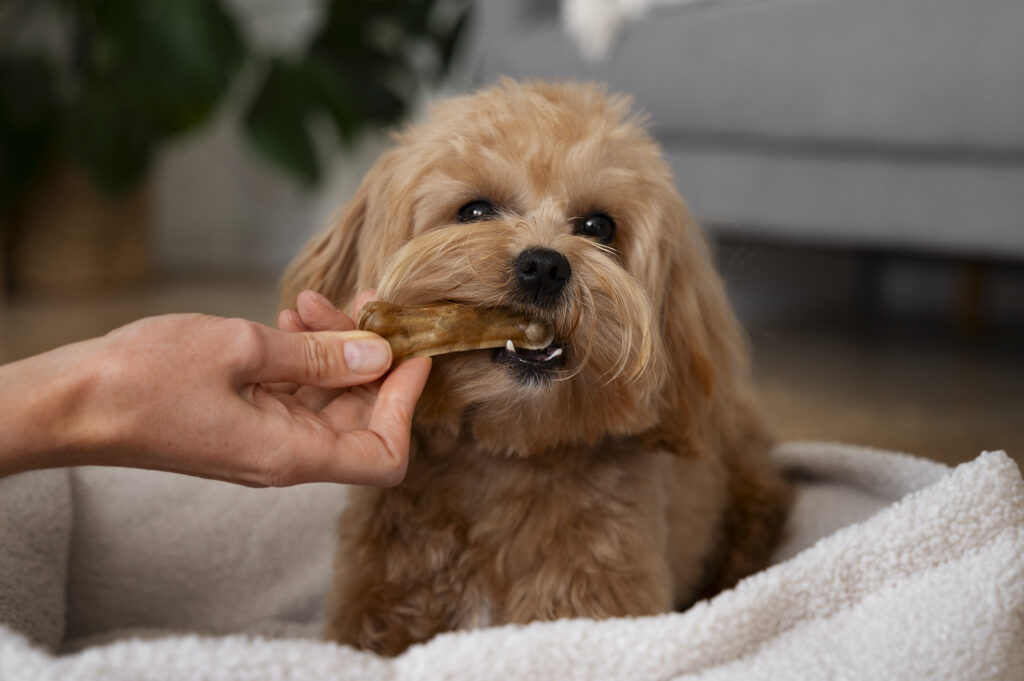
If you can’t brush or are not familiar with brushing your teeth, other supplements such as chews, additive water, or dental powders can be used for proper dog dental care. You can also add treats to their diet that ensure oral hygiene, use supplements after the vet’s recommendation, and follow the instructions on labels. The dental powder and additive water contain enzymes and antibacterial agents that reduce plaque and tartar formation. You can also add them to the dog’s water or sprinkle them on food. The chews help clean the plaques if they contain added enzymes; therefore, look for chews with an abrasive texture that removes plaque and tartar while they chew.
6- Veterinary Dental Care:
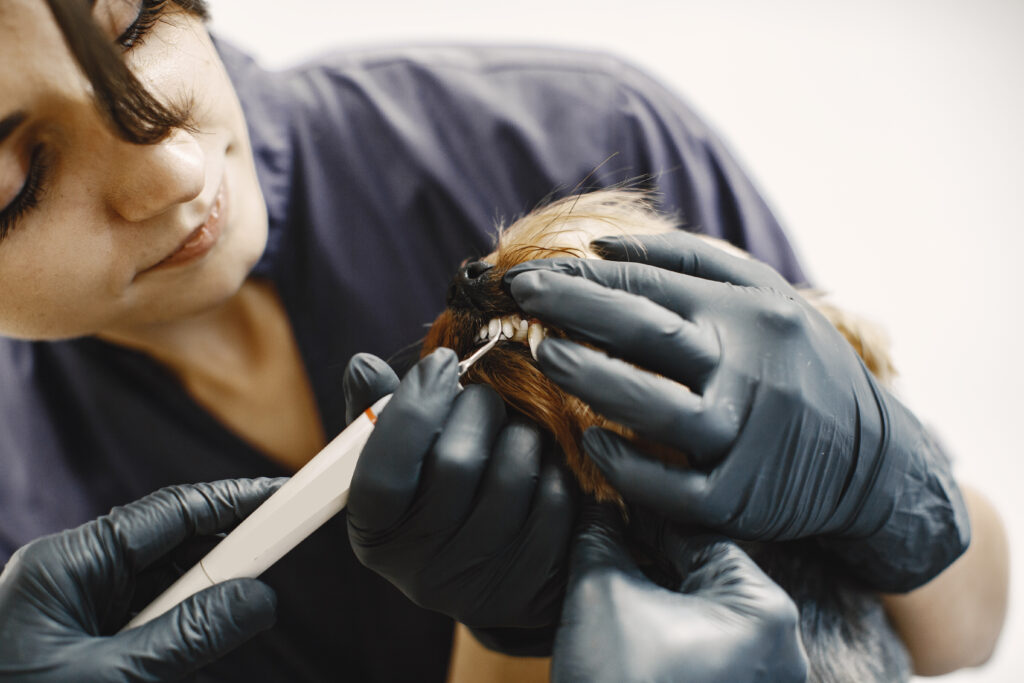
When you bring a dog home start their vet trials as soon as possible, especially in the puppy stage. These trials can help in finding many issues such as unusual swelling, missing teeth, or oral infections which later on cause periodontal diseases. Once their puppy stage passes the vet examines their teeth regularly as teeth problems develop more in old age dogs. They also monitor the plaque and tartar buildup and clean them of oral hygiene. In this way, your dog enjoys a healthy and happy life. Always start vet check-ups at age 1 for smaller dogs and tow years for larger dogs.
7- Dog Dental Care at Home:
While regular veterinary care is crucial, home-based dental care can also help keep their teeth and gums in good condition. There are various options to choose from when it comes to home dental care for pets. You can use natural remedies like coconut oil or baking soda mixed with water to clean your dog’s teeth, or you can opt for toothbrushes specifically designed for pets. These toothbrushes come in different shapes and sizes, making it easier to clean hard-to-reach areas in your pet’s mouth. Additionally, there are also dental chews and toys that can help promote oral hygiene by removing plaque and tartar buildup.
8- Dog Teeth Cleaning Procedure:
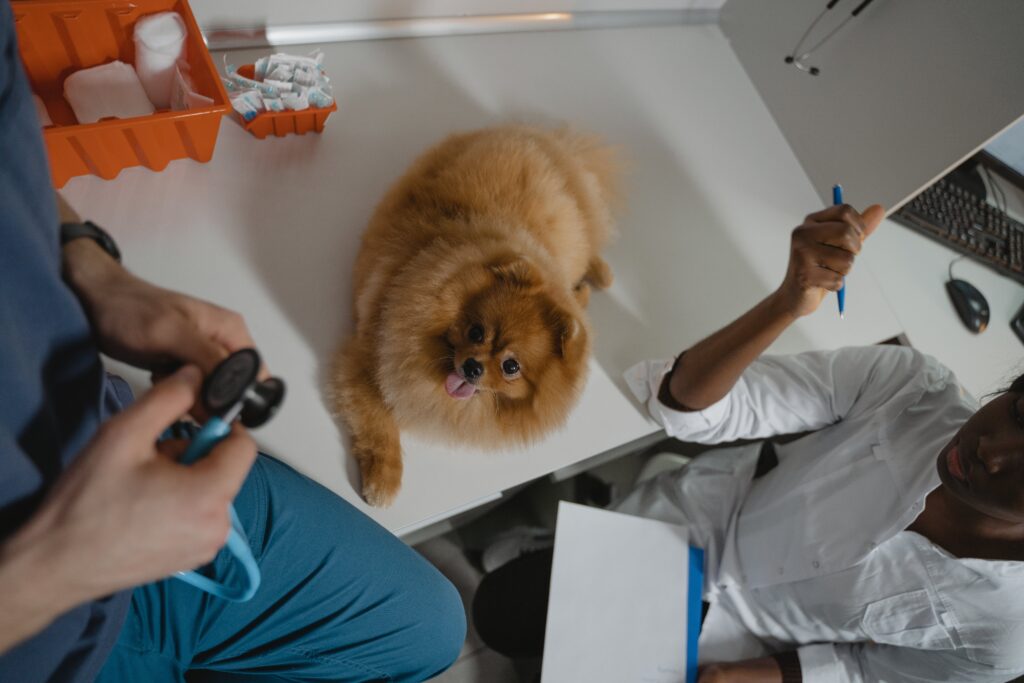
Pre-Anesthetic Procedure:
As the first step, it is essential to determine whether or not your dog can tolerate anesthesia, which is why many tests are performed, including x-rays, urinalyses, blood tests, and electrocardiography. There are many potential risks associated with anesthesia, and these tests help lower your dog’s risk.
Anesthesia and Monitoring:
When your dog needs to undergo a medical procedure, it can be nerve-wracking to think about them being under anesthesia. However, it’s important to know that veterinary staff take several steps to ensure your dog’s safety while they are under anesthesia. One of the main concerns is your dog’s breathing, so the staff will closely monitor their airway. They will also keep a close eye on your dog’s temperature and heart rate, and adjust the anesthesia levels accordingly to make sure they stay within safe ranges. Additionally, your dog will be connected to monitoring equipment that tracks their vital signs throughout the procedure.
Dental X-ray:
Dental X-rays provide a detailed view of the dog’s teeth, gums, and jaw, allowing veterinarians to identify any issues that may be present. These X-rays can reveal problems that are not visible through a regular oral examination, such as root health, bone density, and the presence of any tumor. Additionally, x-rays can help to identify loose teeth, fractures, and other abnormalities that may require further treatment. Overall, dental X-rays provide crucial information for maintaining a dog’s oral health and can help prevent more serious health issues down the line.
Scaling, Polishing:
Did you know that a dog’s teeth can also develop tartar and plaque buildup, just like humans? That’s why it’s important to take care of their dental hygiene too. After a thorough cleaning, veterinarians often polish a dog’s teeth to remove any remaining tartar and plaque and make their teeth smooth. Additionally, they may apply fluoride to strengthen the enamel and prevent future dental issues. Vet polish their teeth after cleaning them and apply fluoride to smooth the irregular surfaces of teeth and also strengthen them in the future.
Post-Procedure Instructions:
Once the dog’s dental cleaning process is complete, the veterinarian gives you instructions related to diet restrictions, pain management, and chewing. Kindly follow these instructions carefully to speed up the process of healing and recovery.
9- Tips for preventing teeth issues in dog:
- Brush their teeth regularly.
- Give them a healthy diet that contains fewer components of sugar and carbohydrates.
- Don’t give them table scraps and hard things to eat.
- Provide dogs with soft chews and toys that remove the plaques and tartar.
- Add dental powders or water additives to their food which keep their teeth clean.
10- Myths Related to Dog Dental Care:
- Dogs don’t need dental care.
- Additives, soft chews, and toys are replceable for brushing.
- Without anesthesia dog dental cleaning is safe.
The above three myths are most common in people, they think that it’s funny to say that dogs need dental cleaning and brushing is not necessary because dental powders, additive water, and chew are enough for cleaning the teeth. They also think their teeth treatment without anesthesia is secure. Firstly, just like humans dogs also need dental care to keep them overall healthy, as oral disease affects their lungs, kidneys, and heart. Secondly, Additive supplements typically can’t clean their teeth effectively, therefore, brushing is essential. Thirdly, without anesthesia dental cleaning can harm your dog, and teeth are not cleaned properly. So don’t believe these common myths related to dog dental health.
FAQs Related To Dog Dental Care
How often should I brush my dog’s teeth?
Brush your dog’s teeth at least 2-3 times a week but if your dog tolerates daily brushing then set a routine of daily teeth brushing as it can reduce the risk of plaque and tartar buildup effectively.
What are some signs of dental problems in dogs?
Some common signs of dental problems in dogs include bleeding or swollen gums, bad breath, teeth infections, difficulty eating and chewing, and missing teeth.
Can dog treats replace regular brushing?
No, while dog treats can remove plaque and tartar they can’t replace regular brushing. Regular brushing keeps their teeth healthy and promotes oral hygiene.
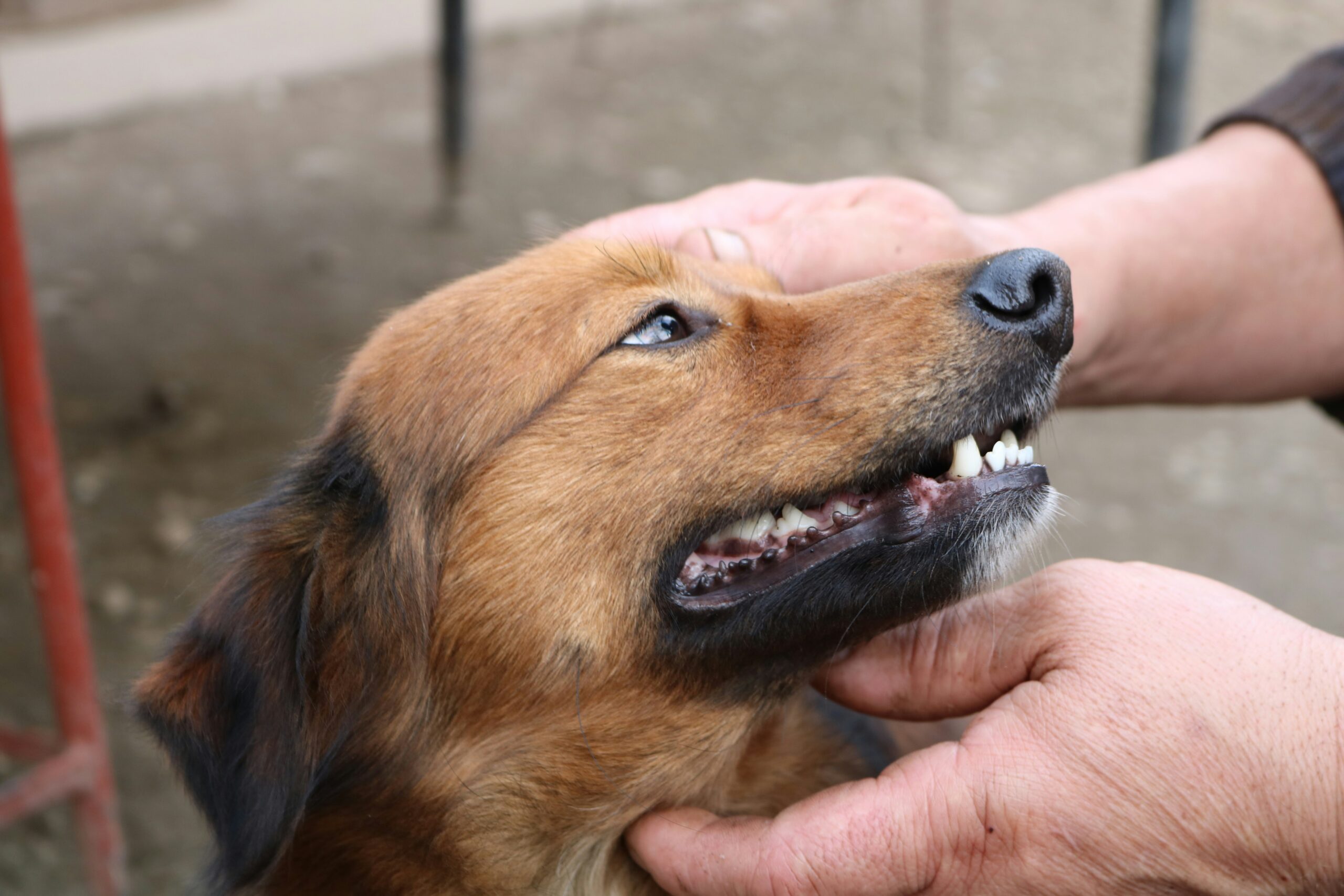
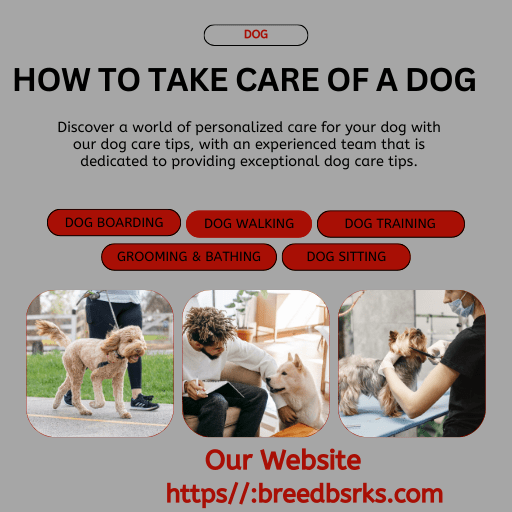
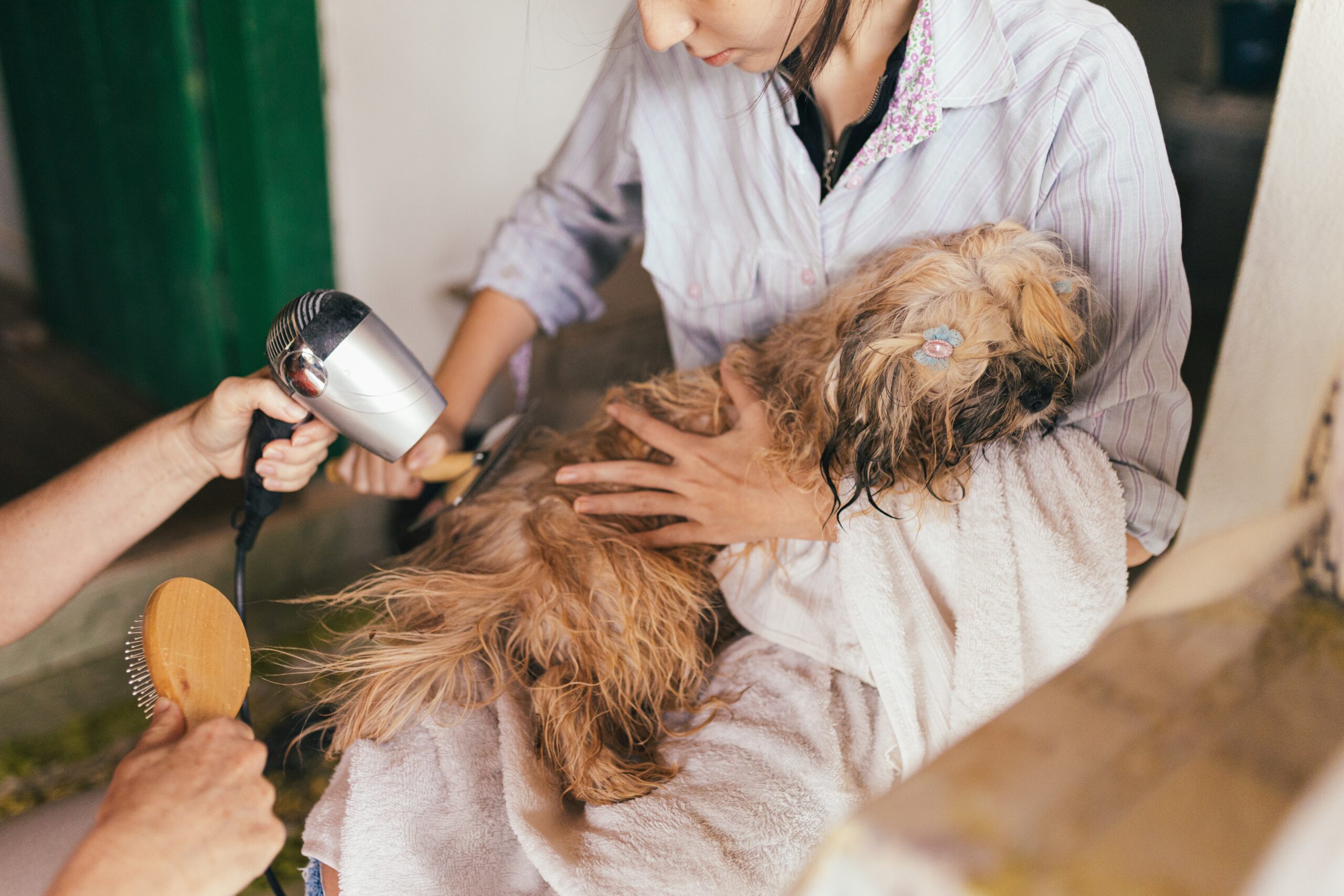
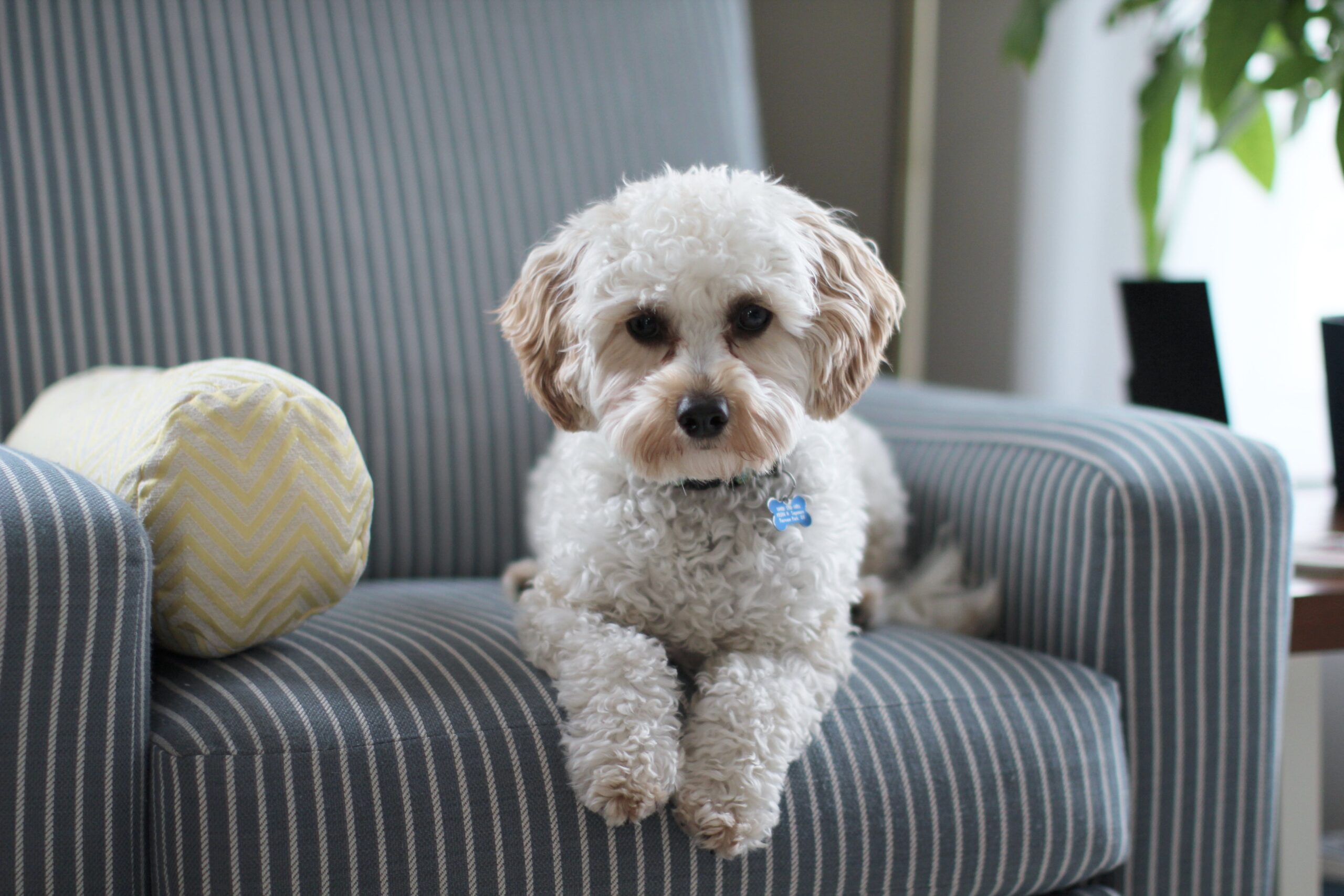
I’ve observed that in the world the present day, video games are definitely the latest fad with children of all ages. Occasionally it may be extremely hard to drag the kids away from the games. If you want the best of both worlds, there are plenty of educational gaming activities for kids. Interesting post.
Hey there would you mind stating which blog platform you’re working with? I’m going to start my own blog in the near future but I’m having a hard time choosing between BlogEngine/Wordpress/B2evolution and Drupal. The reason I ask is because your layout seems different then most blogs and I’m looking for something completely unique. P.S My apologies for being off-topic but I had to ask!